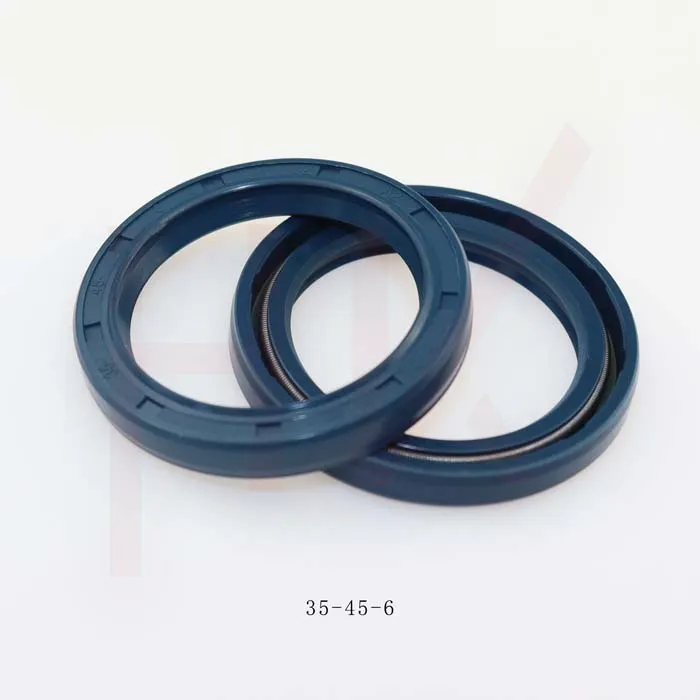کانونی یەکەم . 12, 2024 10:03 Back to list
replacing seals in a hydraulic cylinder
Replacing Seals in a Hydraulic Cylinder A Comprehensive Guide
Hydraulic cylinders are vital components in various machinery and equipment used across industries, from construction and manufacturing to automotive and aerospace. These cylinders leverage fluid power to generate linear motion and force, making them essential for activities such as lifting, pushing, and pulling heavy loads. However, like any mechanical device, hydraulic cylinders endure wear and tear over time, particularly in the seals that ensure hydraulic fluid remains contained within the cylinder. Replacing these seals can be a crucial maintenance task that enhances the longevity and efficiency of the hydraulic system. This article provides a comprehensive guide on how to replace seals in a hydraulic cylinder effectively.
Understanding the Importance of Seals
Seals in a hydraulic cylinder serve pivotal roles by preventing hydraulic fluid leaks from the cylinder and keeping contaminants out. As seals deteriorate due to factors such as temperature fluctuations, pressure extremes, and regular wear, they can lead to reduced efficiency, decreased performance, and ultimately, system failure. Signs that your hydraulic cylinder’s seals need replacement include visible leaks, decreased pressure, and sluggish operation.
Tools and Materials Required
Before jumping into the process, ensure you have the necessary tools and materials at hand. You will need
- A set of wrenches and sockets - Screwdrivers - A seal replacement kit (specific to your cylinder model) - Pliers - A torque wrench - Cleaning cloths - Hydraulic fluid - Safety goggles and gloves
Step-by-Step Process for Replacing Seals
1. Safety First Before you begin, ensure that the hydraulic system is depressurized. Turn off the machine and release any pressure in the hydraulic lines. Wear safety goggles and gloves to protect yourself from potential hazards.
replacing seals in a hydraulic cylinder

2. Disassemble the Cylinder Locate the hydraulic cylinder and carefully disconnect it from the hydraulic lines. Use appropriate wrenches to remove the end caps. Take care to document the disassembly process, as this will help during reassembly.
3. Inspect Cylinder Components Once disassembled, inspect the internal and external surfaces of the cylinder, as well as the piston and rod for any signs of wear, scratches, or damage. Cleaning these parts with a suitable solvent can also be beneficial.
4. Remove Old Seals Use a small pick or a flathead screwdriver to gently pry the old seals from their grooves. Be cautious not to damage the cylinder surface during this process. Check the condition of the seal grooves and clean them thoroughly.
5. Install New Seals Take the new seals from your replacement kit and lubricate them lightly with hydraulic fluid. This step is crucial as it helps prevent pinching or tearing during installation. Carefully place the new seals into their respective grooves, ensuring they are seated evenly.
6. Reassemble the Cylinder With the new seals in place, reassemble the hydraulic cylinder. Begin by reattaching the end caps, and ensure that each component is securely fastened, adhering to the manufacturer’s torque specifications.
7. Reconnect the Hydraulic Lines Reconnect the hydraulic lines, ensuring that all fittings are tight and secure to prevent future leaks.
8. Testing After reassembly, it’s time to test the system. Repressurize the hydraulic system slowly, and check for any leaks around the seals. If everything looks good, operate the hydraulic cylinder to ensure it operates smoothly.
Conclusion
Replacing seals in a hydraulic cylinder may initially appear to be a daunting task, but with careful attention to detail and a systematic approach, it can be managed successfully. Regular maintenance, including timely seal replacement, is critical for ensuring the efficiency and durability of hydraulic systems. By following the outlined steps and utilizing the right tools, you can extend the life of your hydraulic cylinder and maintain optimal performance in your machinery. Always remember that if you encounter significant damage or are unsure of any step, consulting with a professional may be the safest and most efficient course of action.
-
TCN Oil Seal Metal Ring Reinforcement for Heavy Machinery
NewsJul.25,2025
-
Rotary Lip Seal Spring-Loaded Design for High-Speed Applications
NewsJul.25,2025
-
Hydraulic Cylinder Seals Polyurethane Material for High-Impact Jobs
NewsJul.25,2025
-
High Pressure Oil Seal Polyurethane Coating Wear Resistance
NewsJul.25,2025
-
Dust Proof Seal Double Lip Design for Construction Equipment
NewsJul.25,2025
-
Hub Seal Polyurethane Wear Resistance in Agricultural Vehicles
NewsJul.25,2025
-
The Trans-formative Journey of Wheel Hub Oil Seals
NewsJun.06,2025
Products categories
















